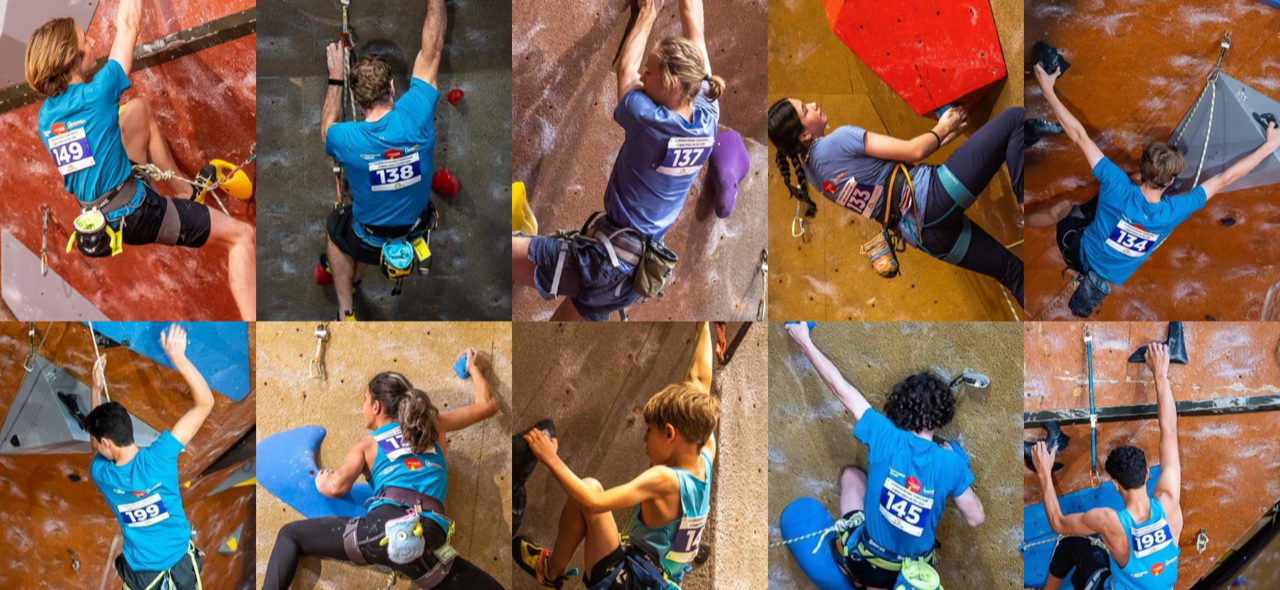Reducing Injury Risk Associated With Auto Belays
From: Lisia Grocott <lisiagrocott@gmail.com>Date: 28 June 2015 1:22:14 PM NZSTCc: Geoff Jacobsen <geoffjacobsen@gmail.com>Subject: reducing injury risk associated with auto belaysHi Treefrog and Climbing NZ
As you know, on 30 March, Geoff climbed a wall at Hangdog Climbing Gym in Lower Hutt that is protected by an auto belay, as he had hundreds of times before. This time, Geoff forgot to clip in to the auto belay before he started. Ten or eleven metres up the wall, expecting to be lowered slowly by the machine, Geoff let go. Approximately 1.4 seconds later, travelling approximately 50 kilometres per hour, he hit the ground, breaking his feet, back, pelvis and right wrist, and dislocating his left thumb.
Geoff and I think this type of accident could happen again to someone else; we think it’s dangerously easy for human beings to forget to clip in, focussed on the climb or distracted by conversation or thoughts. On the Internet, this type of accident is described as “common”. In 2013, a climber in Texas died from a fall after forgetting to clip in to an auto belay. The risk is not just to the climber but also to anyone on the ground underneath.
This leaves us very keen to raise awareness of the risk in the climbing community. We are writing to ask you forward this email to Climbing NZ’s member clubs (we’ve already sent it to Dynomites directly).
We suggest climbers using an auto belay check you are clipped in correctly just before you step off the ground. But we don’t think remembering to check can be relied on; we suggest you ask your climbing gym to reduce the risk.
We suggest climbing gyms require customers to get instruction from staff before using an auto belay – instruction that includes the information that the most common accident associated with auto belays is forgetting to clip in altogether.
We suggest climbing gyms set up a barrier that the auto belay is clipped to when not in use, blocking access to the wall that the auto belay protects. We think it’s important:
That the wall protected by the auto belay is not used for lead climbing or other activities that mean that the auto belay is sometimes secured out of the way.
Other possible safety measures include an alarm such as the one produced by Nicros for use with auto belays, or a clipping-in set-up that requires three hands, so that another person is needed (for a moment) to help with clipping in, providing a check and making clipping in a conscious act instead of one that can be carried out on autopilot.
Thirteen weeks since the accident, Geoff is doing well. He spent six weeks in hospital and had surgeries on his feet, back and wrist, with more surgeries to come. In the last fortnight, he has been given the go ahead to start propelling his wheelchair with both hands (as opposed to just his left), so he no longer zigzags haphazardly across rooms, pushing off furniture and walls. And he’s begun weight bearing on his feet, traversing the living room with a Zimmer frame.
Warm regards
Lisia and Geoff
